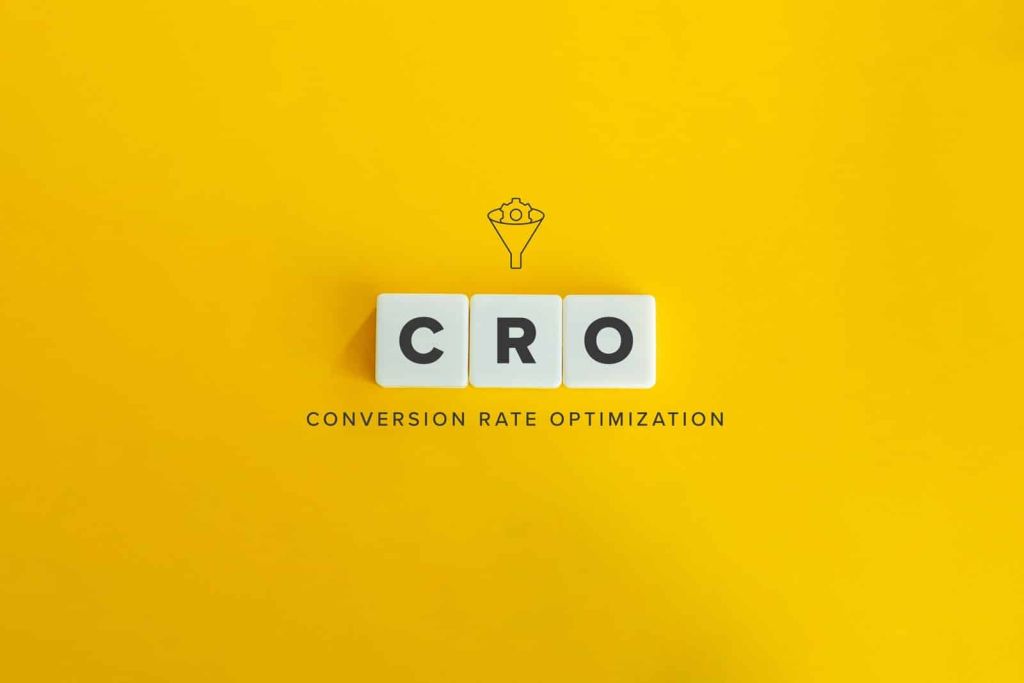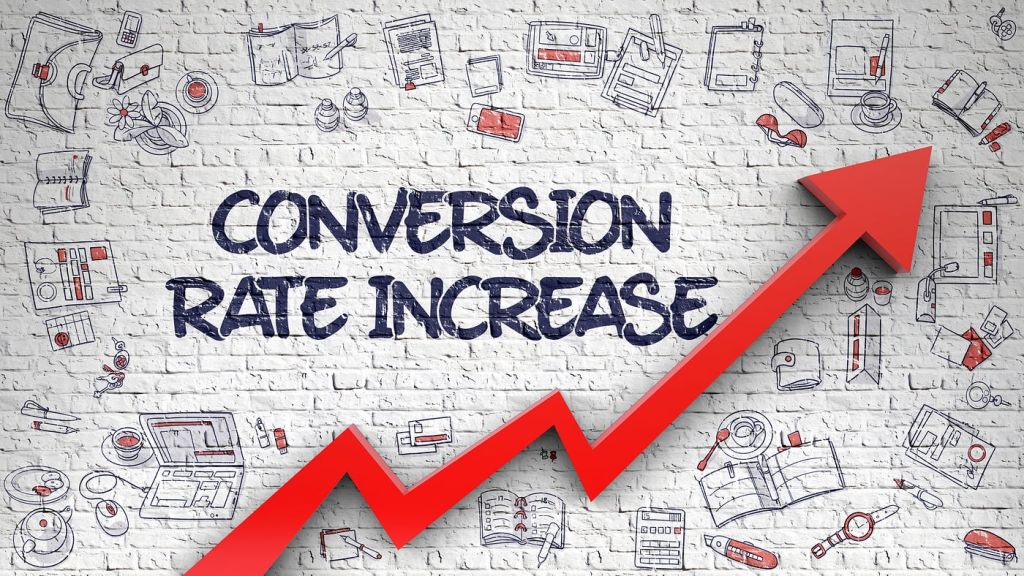Boosting website conversion rates is a top priority for digital marketers, small business owners, and webmasters. Every click, scroll, and interaction on your site offers clues about how to enhance user experience and drive sales. Enter heatmaps—a powerful tool that visually represents user behavior to optimize your website. This post will explore how heatmaps can transform your website’s performance and provide you with the steps to harness their potential.
Understanding Heatmaps and Their Impact
Heatmaps are graphical representations of data where individual values are represented by colors. In web analytics, they display how users interact with a webpage, highlighting clicks, scrolls, and mouse movements. This visual data provides insights into the parts of a webpage that attract the most attention, allowing you to optimize layout and content strategically.
Types of Heatmaps and Their Uses
There are several types of heatmaps you can utilize:
- Click Maps: These show where users click the most on your webpage. By analyzing click maps, you can determine if your calls-to-action (CTAs) are effectively placed and identify any unnecessary clickable elements that distract users.
- Scroll Maps: These maps display how far down the page users scroll. Scroll maps help identify whether important content is being overlooked because users don’t scroll down far enough.
- Move Maps: These track mouse movements across the screen, providing insights into which areas users hover over before making a decision. Move maps can reveal if your layout naturally guides users towards conversion points.
Visualizing User Behavior
Heatmaps transform complex data into intuitive visuals. By using colors to represent levels of interaction, they highlight which parts of your site engage users most. Red areas indicate high engagement, while cooler colors show less activity. This visual approach helps you grasp user behavior patterns at a glance, forming a solid foundation for optimizing your website.
Leveraging Heatmaps for Better Conversion Rates
Heatmaps bring to light design and content issues that might be hindering conversions. They provide insights that go beyond traditional analytics by revealing how users truly interact with your site.
Identifying Website Design and Content Issues
Imagine a scenario where your website has a high bounce rate. By examining a heatmap, you might discover that users frequently attempt to click on non-clickable elements, indicating a need for clearer navigation. Similarly, a scroll map might reveal that important information is buried too far down the page, leading users to abandon the site before they find it.
Success Stories of Heatmap Usage
Consider the case of Company X, which saw a 30% increase in conversions after using heatmaps. By analyzing their website’s click map, they realized that users were clicking on images instead of product titles. Armed with this insight, they made product titles clickable, resulting in an immediate boost in engagement and sales.

Implementing Heatmaps on Your Website
Adding heatmaps to your website is easier than you might think. Here’s a step-by-step guide to get you started:
- Choose a Heatmap Tool: Research and select a heatmap tool that suits your needs and budget. Popular options include Hotjar, Crazy Egg, and ClickTale.
- Install the Heatmap Tool: Follow the tool’s installation instructions to embed the necessary tracking code on your website.
- Set Up Heatmap Tracking: Define which pages you want to track and specify the type of heatmap you want to generate (click, scroll, or move).
- Collect Data: Allow the tool to gather data over a specified period to ensure accurate insights.
- Analyze the Results: Examine the heatmap visuals to identify areas that need improvement.
Best Practices for Effective Heatmap Usage
When using heatmaps, keep these best practices in mind:
- Focus on specific goals, such as improving CTA placement or enhancing product page layouts.
- Combine heatmap data with traditional analytics for a comprehensive view of user behavior.
- Regularly update and refine your heatmap strategy based on new insights.
Interpreting and Acting on Heatmap Data
Analyzing heatmap data requires careful consideration of user behavior. Start by identifying hotspots—areas of high engagement—and consider why they attract attention. Conversely, identify cold spots and determine why they’re being ignored.
Analyzing User Behavior
For instance, if users consistently hover over an image, it might suggest they’re interested in more information about that product. Consider adding a popup or link to provide additional details.
Strategies for Website Improvement
Once you’ve identified patterns, it’s time to act. If you notice users abandoning their shopping carts at the payment page, examine move maps to uncover hesitation points. Simplifying the checkout process could reduce cart abandonment and increase conversions.
Measuring the Impact of Heatmap Changes
After implementing changes based on heatmap insights, it’s crucial to measure their effectiveness. A/B testing is a valuable method here. By comparing user behavior on the original and modified versions of your webpage, you can determine if the changes have led to improved conversion rates.
Importance of A/B Testing
A/B testing ensures that changes are data-driven and effective. It helps you avoid making assumptions and ensures that the decisions you make positively impact your website’s performance.
Wrapping Up with Heatmaps
Incorporating heatmaps into your web optimization strategy can unlock untapped potential for improving conversion rates. By visually understanding user behavior, you can make informed decisions that lead to higher engagement and increased sales.
To explore more about heatmaps and their impact on web design, consider utilizing one of the many available tools. Whether you’re a digital marketer, small business owner, or webmaster, heatmaps offer invaluable insights that empower you to create a user-friendly website that drives conversions.
Start using heatmaps today to transform your website into a conversion powerhouse.

